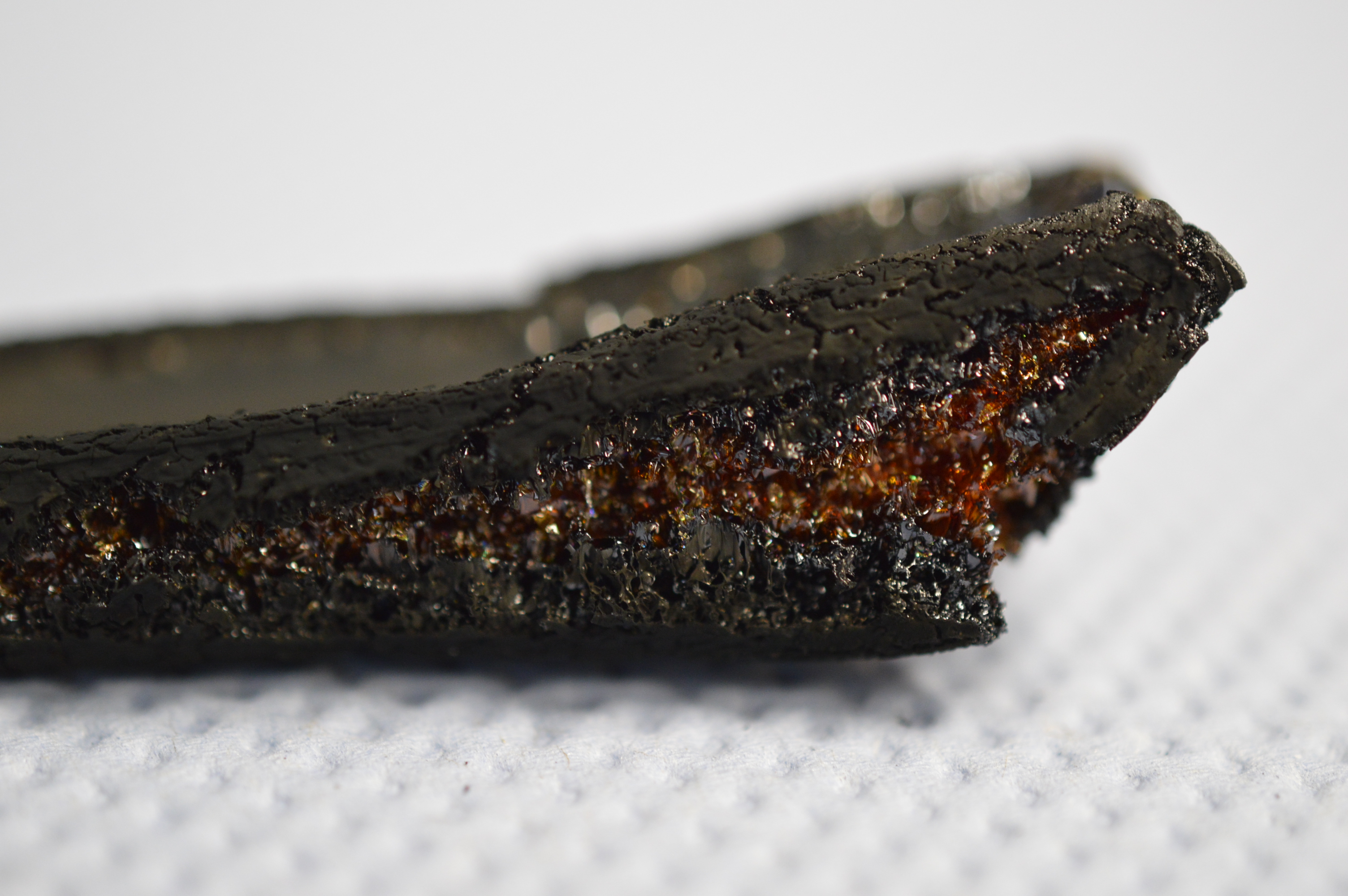

In order to ensure operational safety, the investigation of flame retardancy is of utmost importance in a wide range of industries, like in railway, civil engineering, ship-building, aerospace, or even in the automotive industry. The experts at Fraunhofer IFAM have extensive capabilities both for the synthesis of polymers and the production of fiber-reinforced polymers (FRP) with flame retardant properties, and for carrying out fire tests.
Polybenzoaxine systems show promising properties regarding the manufacturing of flame retardant FRP
Fraunhofer IFAM offers in-depth knowledge of the current standards in these areas (e.g. DIN 45545; SOLAS guidelines - International Convention for the Safety of Life on Sea - of the International Maritime Organization, IMO) and is able to formulate and synthesize polymers with high flame retardant properties.
For ideal flame retardancy, the staff therefore develop and synthesize benzoxazines as well as reactive flame retardant additives for benzoxazines and other systems. A particular focus is on biobased starting materials. These polymers are later used to manufacture fiber-reinforced polymers, such as FRPs made from benzoxazines and carbon, glass, basalt or natural fibers and flame-retardant layers as paint coatings or laminate layers. Polybenzoxazine-based composites show great potential for meeting fire safety requirements in various applications, even without the use of halogenated flame retardants. They show promising properties regarding the flame retardancy and are characterized by lower heat release rates, lower smoke density and toxicity in case of fire in comparison to epoxy based systems.
In addition, we offer various characterization methods, e.g.:
- UL94 test - for determining the flammability of polymers and fiber-reinforced polymers in response to small flames).
- Limiting Oxygen Index (LOI) test - for determining the minimum required oxygen concentration of a mixture that will upheld the combustion.
In addition, by using PCFC (Pyrolysis Combustion Flow Calorimetry), samples can be screened in the mg range to obtain information on, for example, heat release rate, energy generated during combustion and ignition temperature.
 Fraunhofer Institute for Manufacturing Technology and Advanced Materials IFAM
Fraunhofer Institute for Manufacturing Technology and Advanced Materials IFAM

